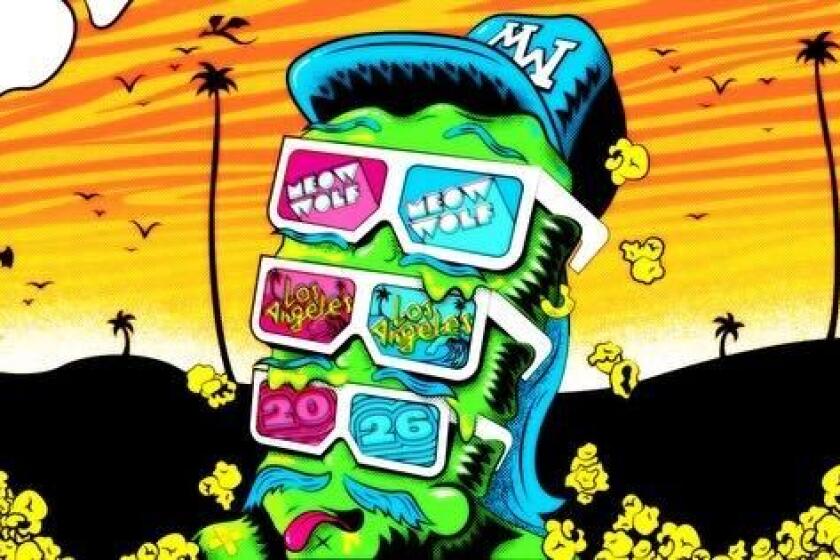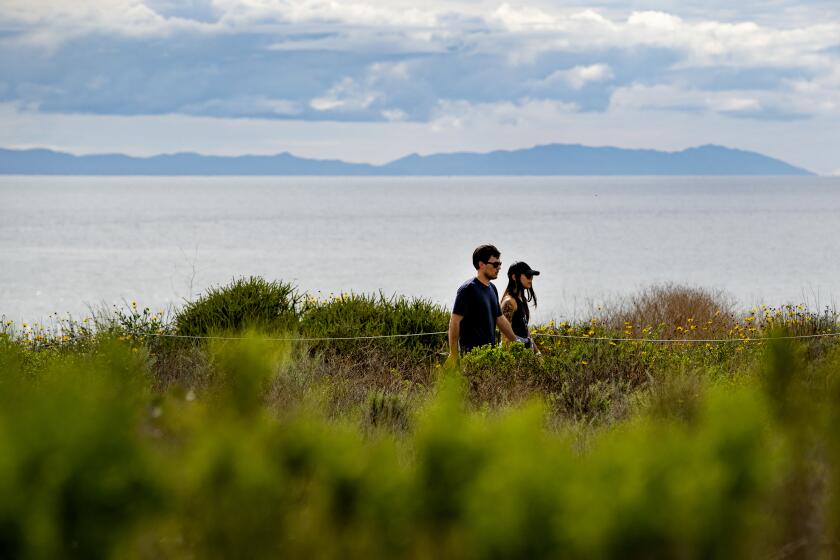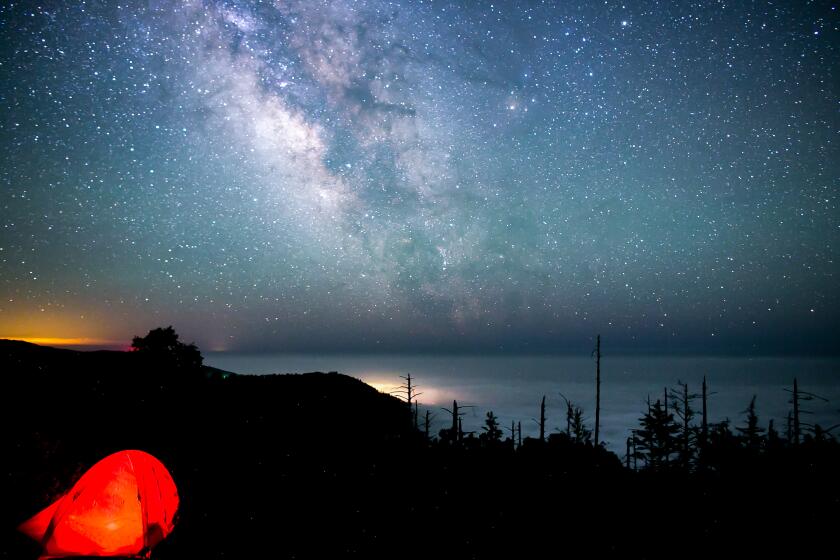In These Barbershops, Men Can Feel Like Men
John Ziemba was relaxing over a game of pool, frosty beer in hand, killing a little time before a business dinner.
He had come to John Allan’s Men’s Club for a shoeshine too. And if he had time, maybe a haircut or manicure. It was a typical visit to the salon for the 26-year-old investment banker -- a trip he makes at least once a week.
“It’s not like a girl’s salon,” he said. “This is a guy’s place. Guys had nowhere to go until now.”
Upscale men’s grooming lounges have become common in cities throughout the country -- a growing effort to lure young men to what are, in essence, the classic American barbershop with a bit of 21st-century shine.
Advertised as “honoring the sanctity of old-style barbershops while providing the modern amenities of a full-service salon,” John Allan’s in Manhattan has created a world where men feel like men, even when being pampered.
“We didn’t want to go backward,” owner John Allan said.
Allan’s 20-year career in the salon business gave him the perfect perspective on the needs of men and the lack of services available. “I decided to fill a void,” he said. “I wanted guys to look good and feel comfortable -- and to reinstate the sense of community that my grandfather had in the 1930s.”
Barbershops and what they meant to mid-century Americana were all but extinct in the last few decades. The MGM movie, “Barbershop,” has brought this tradition back into the spotlight, illustrating the social and political importance these shops have on men’s lives.
“For decades, the barbershop was a rite of passage for a young man, a tradition passed down from father to son,” said Tom Haulter, owner of Everyday Joe’s in Brownsburg, Ind. “We are rebuilding that sense of community in the shop.”
His new shop just outside Indianapolis has attracted more than 1,300 clients in 10 months, ranging from blue-collar workers to celebrity race car drivers. But it’s not just the haircut that keeps them coming back.
“It brought back a lot of memories,” said Dan Anderson, a corporate technology salesman. “Men were sitting around chatting about sports and politics. It had that old throwback feel to it.”
When Haulter, a master barber, cut Anderson’s hair, Anderson noticed a difference immediately. The difference is about 3 1/2 years of training. A beautician’s license in the state of New York requires six months of training; a barber’s license takes four years.
Well-trained barbers are a dying breed, said Adrian Wood, master barber and owner of the Paul Mole Barber Shop, which has been a neighborhood fixture for almost 30 years. But the trend toward upscale barbershops is certainly on the rise.
“Men are rushing back to the barbershops,” he said. “Our business has increased incredibly over the last year.”
His formula for success is simple: Treat men like men.
Wood doesn’t attract the same type of clientele as some of the new shops, which are entertainment-driven.
Everyday Joe’s draws a big crowd on Monday nights with prime-time football. Haulter turns on his 70-inch big-screen TV, flips some burgers and hot dogs, and cuts hair. He also gives hot-lather straight-razor shaves.
Shorty’s in West Hollywood seems more like a dance club than a men’s hair salon. Sporting walls of graffiti, vintage furniture and hip clientele, Shorty’s has also become a music promoter for up-and-coming disc jockeys. Many of the customers come in to find out what’s new in music, what’s going on around town.
“Shorty’s is anti-foofy,” owner Christopher Bair said. “It’s about convenience as well as comfort. It’s a place for guys who care about what they look like.”
Men do care, and they’re paying for it -- $16 at Shorty’s and $18 at Everyday Joe’s for a haircut, $61 at John Allan’s, where a shoe shine and manicure are thrown in.
Still, these services cost a fraction of the price they would at unisex salons.
Sign up for The Wild
We’ll help you find the best places to hike, bike and run, as well as the perfect silent spots for meditation and yoga.
You may occasionally receive promotional content from the Los Angeles Times.



